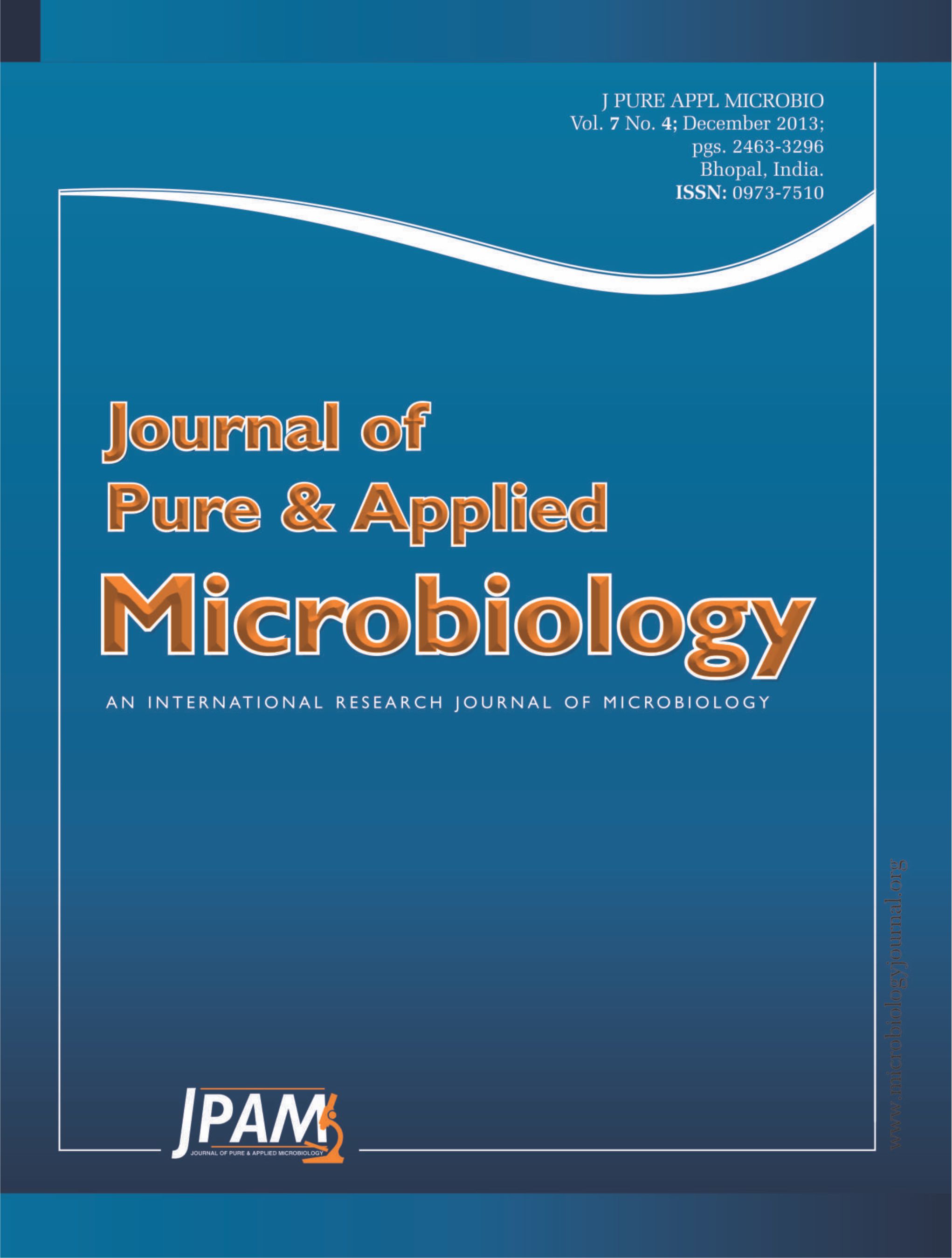Staphylococcus [Greek Staphyle (bunch of grape) and kokkos (granules): is a Gram positive coccus, catalase positive, aerobic and/or facultative anaerobes, non-motile, non-spore forming, occurring singly, in pairs or in irregular clusters. Though they have both beneficial roles or can act as infectious agents, yet the emergence of dynamic virulent traits among the commensal Staphylococci and their implication in serious life-threatening multidrug resistant infections qualifies them as true “grapes of wrath” like their pathogenic counterpart. Such traits might have arisen due to interplay of multiple factors like biofilm formation with the concomitant effect of its intrinsic factor cap operon and ica operons, mutation and/or horizontal gene transfer (HGT), genetic recombination or other interconnected intrinsic tendencies. There is an urgent need to keep in check the potential menace that emerging traits in commensal Staphylococcus may bring, not only to the immunocompromised to which many of them have become great threat recently than ever before but to the healthy individuals, farm animals and for public health concern.
Staphylococcus, commensal, emerging traits, antibiotic resistance, resistance genes
© The Author(s) 2013. Open Access. This article is distributed under the terms of the Creative Commons Attribution 4.0 International License which permits unrestricted use, sharing, distribution, and reproduction in any medium, provided you give appropriate credit to the original author(s) and the source, provide a link to the Creative Commons license, and indicate if changes were made.


